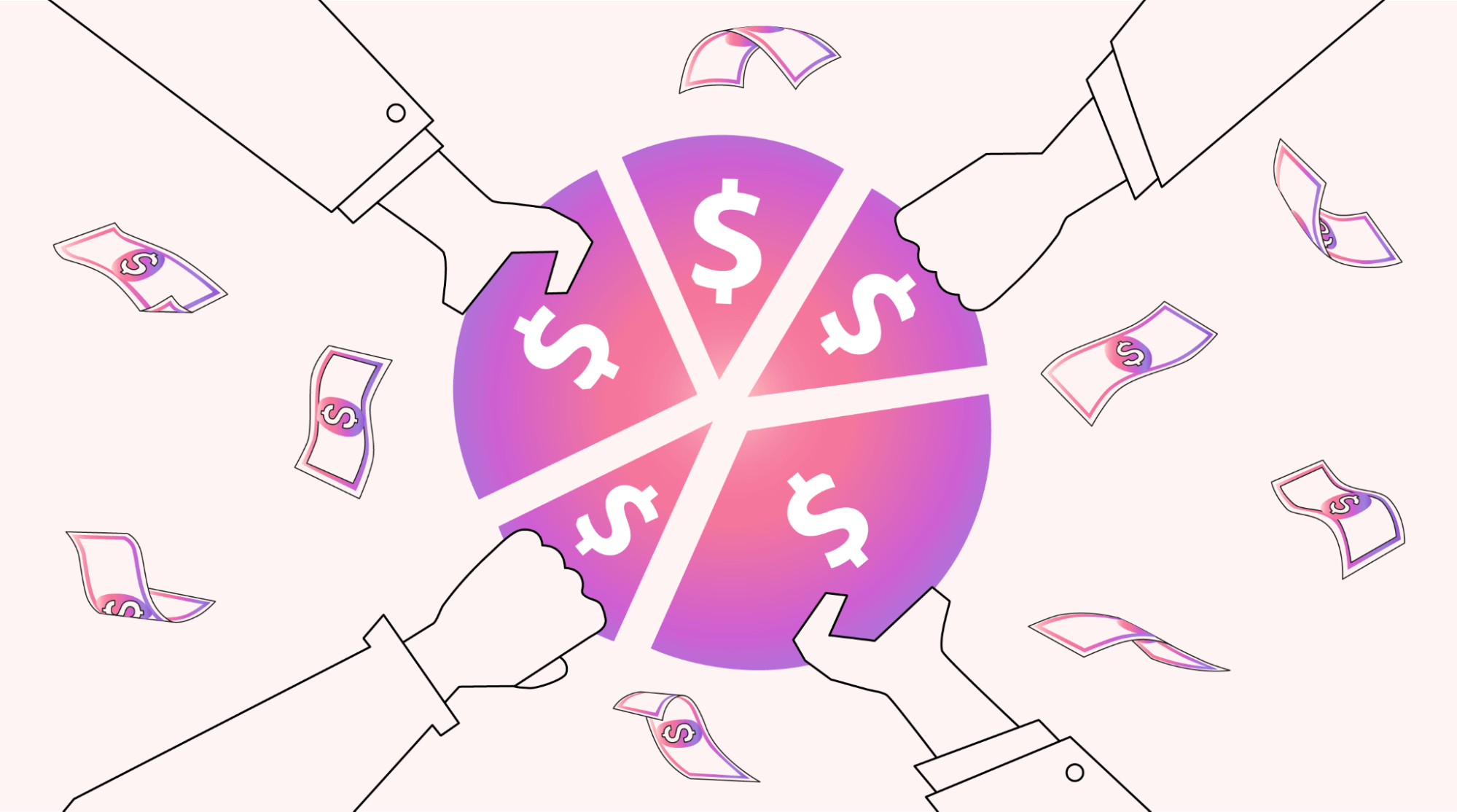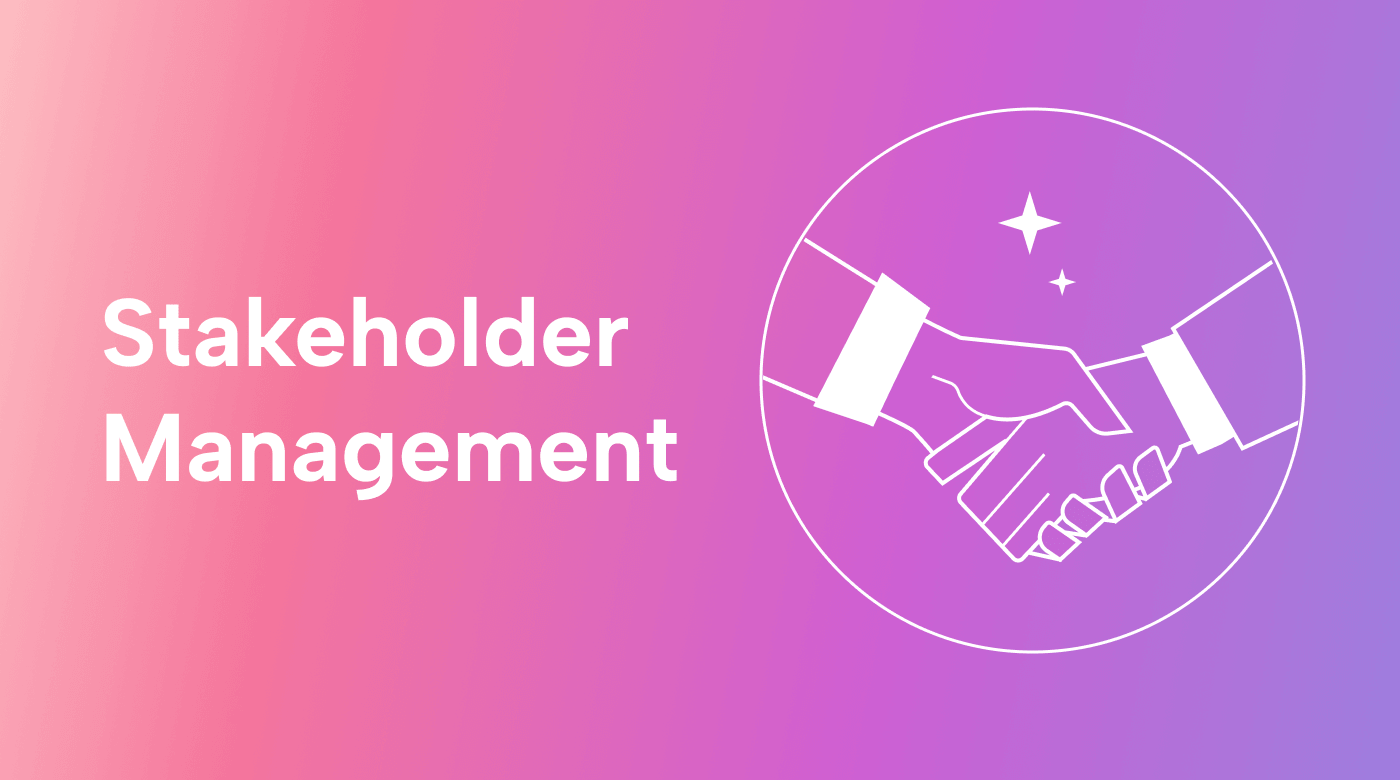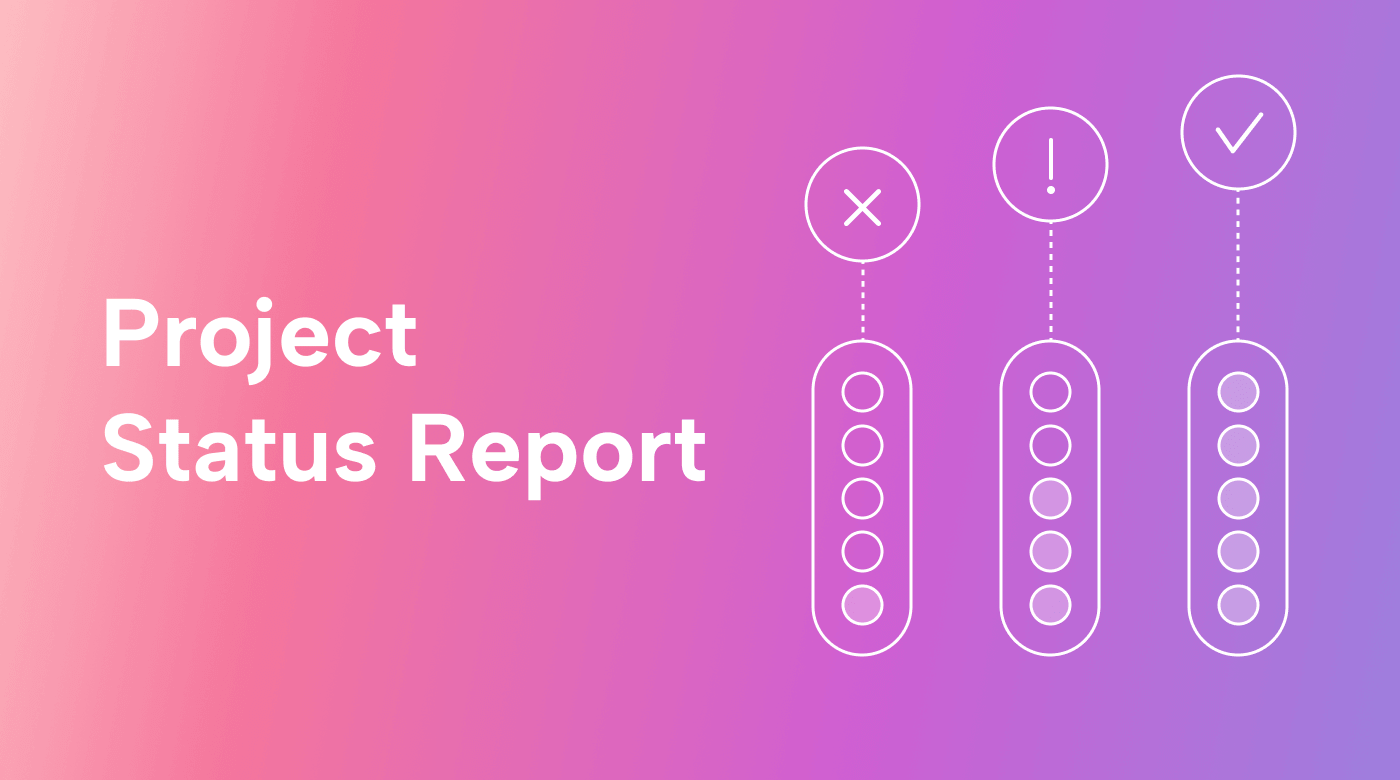Businesses impact people in different ways. And vice versa.
For owners, a successful business means a healthy bottom line. They do almost everything to ensure the company remains profitable. Unfortunately, this sometimes includes cutting corners to reduce expenses.
On the other hand, consumers might have a different take.
For example, suppose you live near a food processing plant with a poor waste management plan. Every morning, sludge flows into your backyard. You're likely not going to be a big fan of their products.
Every action has a reaction. As a business, you should understand who your shareholders and stakeholders are and what effect your products (or projects) have on them (and vice versa).
In his article, we'll compare stakeholders vs. shareholders and help you understand how to meet their expectations.
Stakeholder vs. shareholder: What's the difference?
While stakeholders and shareholders may sound similar, they have several key differences. Let's explore those differences.
Stakeholder
A stakeholder is any party with an inherent interest in a business (or project) and is classified as an internal or external stakeholder.
Internal stakeholders have a direct relationship with the company or project, including employees, the board of directors, project sponsors, and investors. External stakeholders consist of interest groups outside a business. They include labor unions, suppliers, creditors, and the surrounding community.
The stakeholders of a local grocery store may include:
- Customers
- Employees
- Institutions and governing bodies
- The community, including adjacent businesses
 |
Shareholder
A shareholder, also known as a stockholder, is an individual or group that owns shares in a company (and expects financial returns for their stake).
For the grocery store, shareholders are any party that owns equity.
There are two types of shareholders: common shareholders and preferred shareholders. As the name suggests, common shareholders own common stocks. They enjoy privileges like voting rights and higher dividends. Preferred shareholders own preferred stock and receive dividends before common shareholders but don't have voting rights.
Most small businesses don't have preferred shareholders because (usually) only one or a few individual investors own the business.
Understanding stakeholder and shareholder theories
To understand the differences between stakeholder and shareholder, let's review their respective theories, which define their management and ethical approaches.
Stakeholder theory
The stakeholder theory emphasizes considering the interests of all stakeholders. It considers that a company's success isn't dependent on its financial performance and that businesses should have a positive impact on their communities.
Examples of ways a company can create value for stakeholders and the community include:
- Fair wages and benefits for employees.
- Producing high-quality products and services for customers.
- Being a responsible member of the community.
Shareholder theory
Milton Friedman is credited as the father of capitalism and shareholder theory. He first introduced the concept in 1970 in an essay published in the New York Times newspaper.
The stockholder theory encourages owners to rank shareholders' interests above stakeholders' concerns. The premise is that a business's primary goal is to generate profits. Based on this theory, dividend payments (profits) are the best performance measure. Businesses should also target share price increases (increase in valuation).
Why you can’t ignore stakeholder theory
The stakeholder theory is critical because consumer behavior has tended in that direction. Consumers care about how businesses treat their employees (and communities).
Suppose you learn that the store owner of the grocery store in our example penalizes workers for throwing away spoiled groceries. Would you continue to patronize that business?
It's true that the primary goal of any for-profit business is maximizing profits, but a business shouldn't do so at the expense of its shareholders.
Customers may jump ship if they perceive a business to be overly profit-hungry. Customers understand that every business is profit-driven. However, there are ‘limits’ on how far a business should go to pursue profits.
Employees also want to work for companies that value them.
For the grocery store, suppose the owner instructs the workers to "sneak in" a few bad vegetables with every order. Initially, employees may follow the instructions for fear of being fired or fined, but eventually, they might sour on it (and tell customers). The ripple effects could be employee turnover, losing customers, and (worst-case scenario) regulatory breaches.
A real-world example
Case study: Starbucks (Five-year performance)
Starbucks is among the leading coffeehouse companies in the US and globally. It has about 35,711 stores spread across 80 countries. Besides 2020, Starbucks has experienced a year-on-year profit growth. This is while maintaining a positive public approval rating.
So, how does Starbucks keep its shareholders and stakeholders happy? The answer is effective stakeholder management. Below is a breakdown of how they cater to different stakeholders' interests.
Workers: It pays employees above the minimum wage.
Customers: It encourages baristas to maintain warm and friendly relations with customers.
Suppliers: It has a supplier diversity program. The company contracts suppliers from around the world.
Community: It participates in community support programs through the Starbucks Foundation.
Shareholders: It maintains profitable global operations. Shareholders receive competitive dividends every year.
Benefits of managing stakeholder relationships
If you care about long-term success, you must manage your stakeholder relationships. To do so, you need their buy-in upfront and then communicate with them throughout the business (or project) lifecycle.
Here are some benefits if you do it right.
 |
Easier decision-making
You know how everyone has an opinion? And likes to be heard?
Once you've identified the stakeholders in your business, and maybe even created a stakeholder management plan, it becomes much easier (and faster) to make decisions on the fly.
This streamlined decision process also adds the benefit of building transparency into your operations, earning you trust with your stakeholders (and customers).
A positive company brand
Stakeholder management is central to creating a positive brand (and experience).
When you understand your stakeholders and their expectations, it's easier to tailor specific brand messaging for that person or group.
For example, you'd probably use community programs to endear your brand to the public but use team-building programs and performance bonuses to motivate your employees.
Long-term business success
Would you want to invest in a business only for it to fail within five years? Didn't think so.
Nobody likes surprises, especially once the ship has sailed. Effective stakeholder management means understanding your stakeholders and managing their expectations. Do this right, and you'll have smoother sailing (and success) in the long run.
For example, if you understand and have a good relationship with the regulatory agencies in your industry, it's probably an easier road to getting any needed licenses or permits. This goes a long way in ensuring your business's long-term survival.
4 tips for managing stakeholder relationships
The goal of stakeholder relationship management is to maintain stakeholder support throughout the venture or project. Below are some helpful tips for managing stakeholder relationships.
Transparency
Like in any relationship, transparency is crucial in managing stakeholder relationships. It's like a window into your business, allowing everyone to see inside. When you're transparent about your business operations, challenges, and successes, you build trust.
Trader Joe's does this exceptionally well with their "Fearless Flyer" newsletter. Besides the obvious (e.g., covering featured products), the newsletter drives store traffic and builds community in their respective locations.
Communicate
According to the Project Management Institute (PMI), poor communication is identified as a contributing factor in 56% of failed projects.
Imagine what it could do for your business.
Communication is the easiest way to build trust with stakeholders.
Trader Joe's understands the value of effective communication. A notable example was in 2023 when Trader Joe's Food Safety team flagged some products for undeclared peanuts. The company's press team released a press statement acknowledging the hiccup. It also assured the public that the products had been removed from shelves pending investigations.
Technology
Technology continues to revolutionize how we do business (to wit: AI)
Customer Relationship Management (CRM) software can anticipate customer needs, leading to stronger relationships and repeat business. Social media (like X and Facebook) are powerful tools for engaging stakeholders and getting valuable feedback. And project management software is transforming how we collaborate and track work progress.
Technology is an enabler that can help you optimize your stakeholder management processes.
Secure your stakeholders' and shareholders' support for improved business success
Some businesses perform well for their shareholders, yet receive poor ratings from stakeholders.
 |
Differentiating stakeholders from shareholders, and building lasting stakeholder relationships, is vital for your long-term success.
Make stakeholder management easier by using Motion.
You can use Motion to automate functions like allocating tasks, tracking progress, scheduling meetings, and communicating with the entire team and stakeholders.
For example, Motion will collect all the tasks and schedule data to help you report to your stakeholders, then send the report, all within the app.
Try Motion's free trial today!





